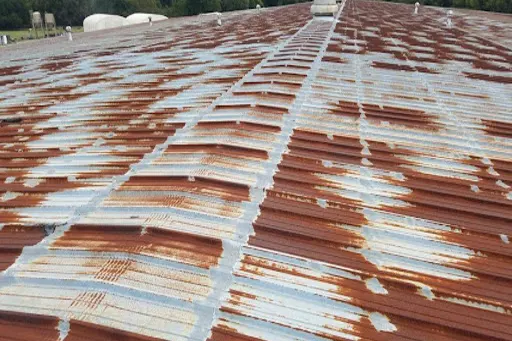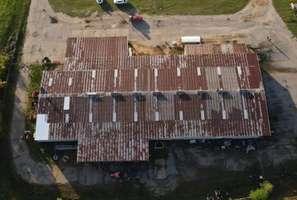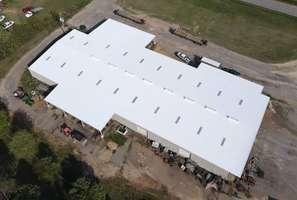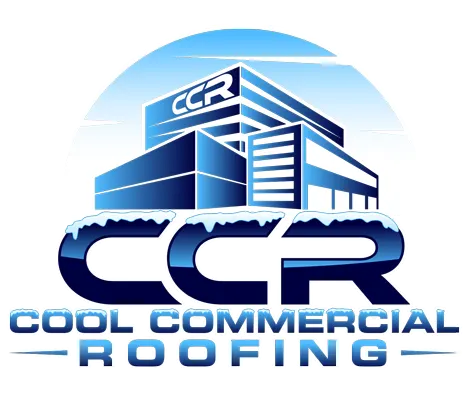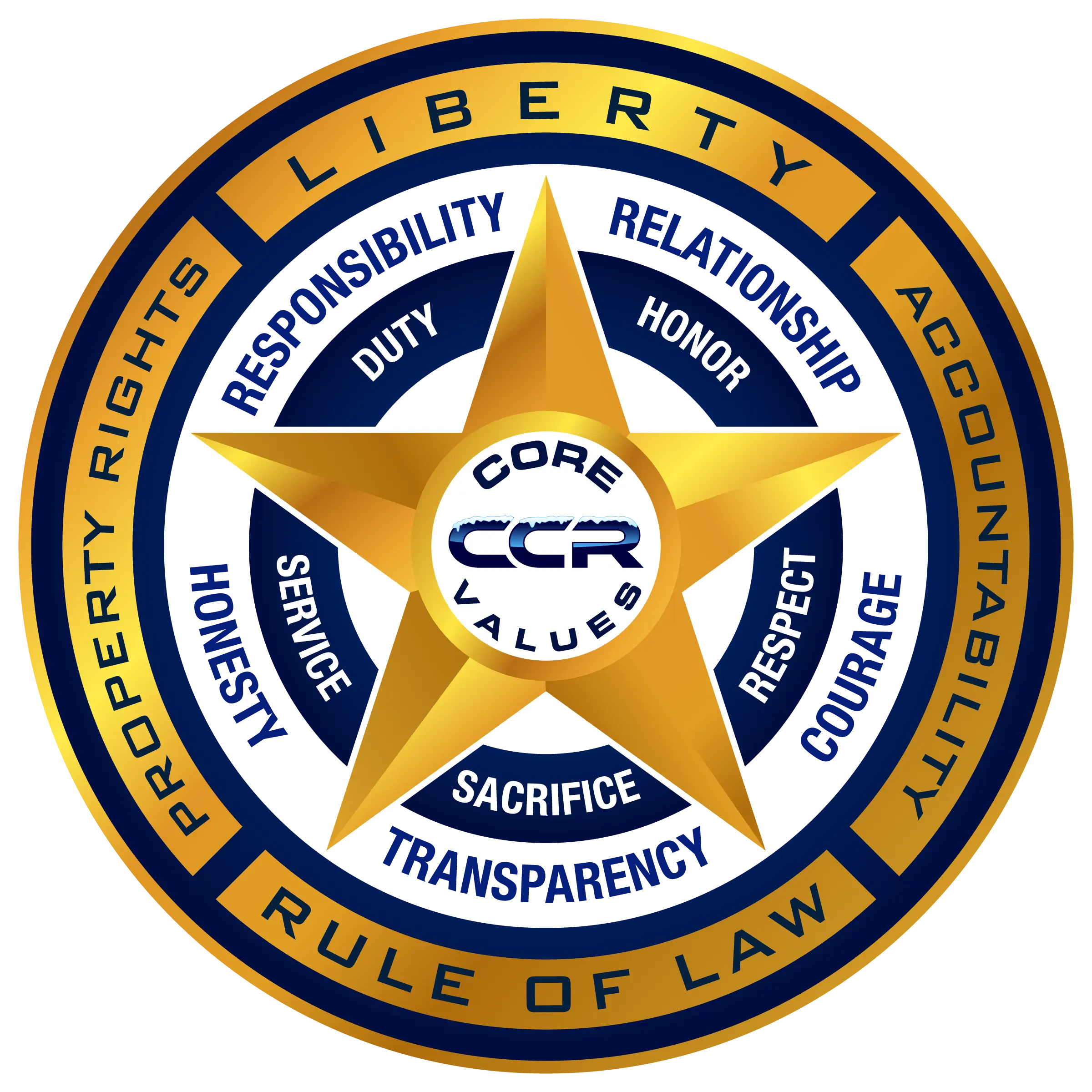Roof Restoration
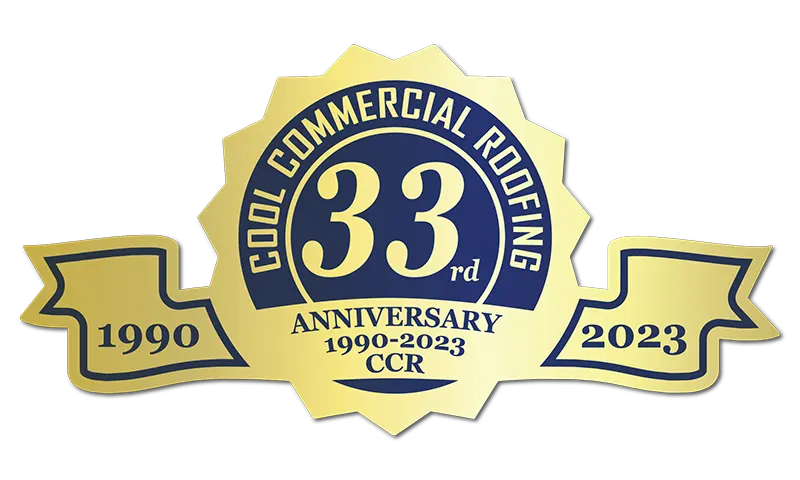

Energy Efficient Commercial Roofing With 35+ Years Of Experience
ROOF RESTORATION
Unsure about how to address an aging roof on your commercial building? Here’s why ripping off and replacing existing roofs isn’t always the best or most economical choice.
WHAT ARE THE ADVANTAGES OF ROOF RESTORATION VS ROOF REPLACEMENT?
Commercial roof restoration is a cost-effective alternative to complete full roof replacement. Roof restoration returns the original roof to a serviceable condition and extends the Warranty up to 10-20 Years.
Roof Restoration can eliminate the need for a costly removal of the existing roof system. Building codes in most jurisdictions prohibit more than two roof systems being installed on an existing structure. Restorative coatings are considered a maintenance procedure and therefore can be applied directly on the existing roof system. Because coatings are considered a maintenance procedure the entire installation cost can be expensed within the taxable year that it occurs. (Consult with your tax advisor)
Once the proper cleaning and preparation protocols have been completed the restorative coating is applied over the existing roof structure. Based on existing job conditions and roof design the restorative coatings can be applied by brushing, rolling, or spraying.
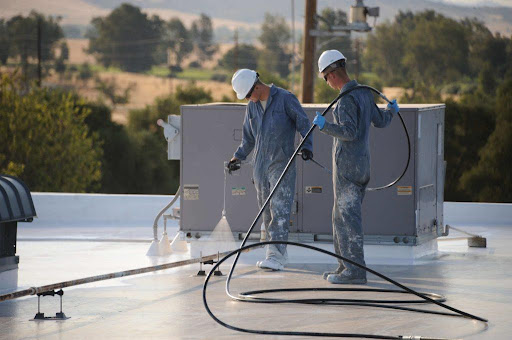
WHAT IS AN ELASTOMERIC ROOF COATING?
Elastomeric coatings are fluid-applied roofing membranes that are similar in appearance to paint, but unlike paint they can expand to twice their original length (100% elongation) and then recover back to its original dimension. The thermal characteristics and chemical properties make restorative coatings an ideal protective covering for most roof surfaces.
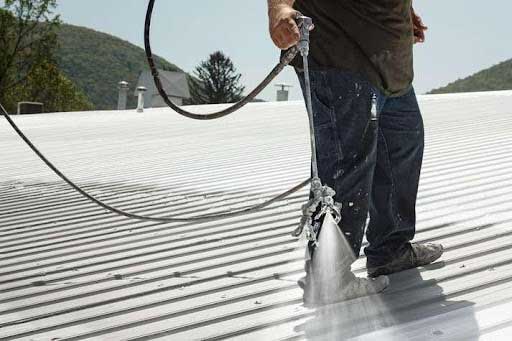
- It’s more cost-effective than completely tearing off your existing roof
- The installation process is relatively fast and non-disruptive to building operations
- They eliminate roof leaks
- They create a monolithic seamless edge to edge roof system
- They extend the useful service life of the existing roof
- The white reflective color cools the building and reduces HVAC energy costs
- They come with a new 10-20-year warranty
- They can be reapplied at the end of the warranty
- They 100% Tax Deductible In Year 1 under IRS Section 179
Life-Cycle-Cost Savings: At the end of the warranty period the coating can be reapplied and the warranty extended for another 10-20-Years.
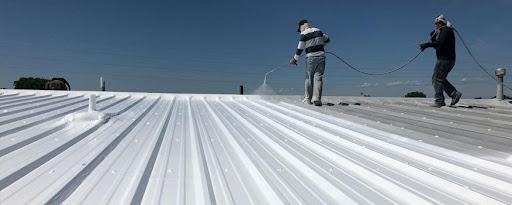
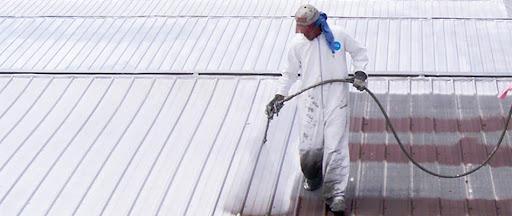
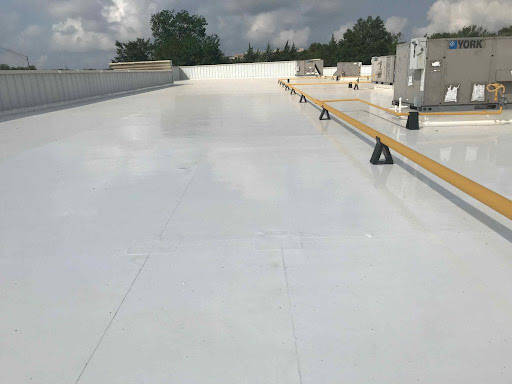
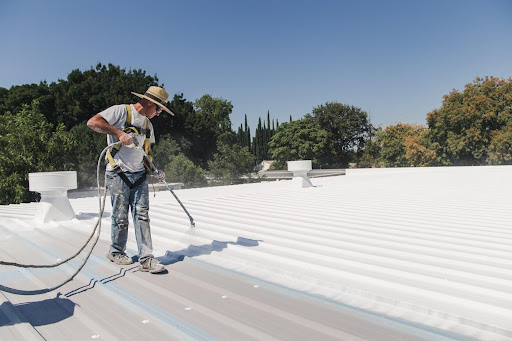
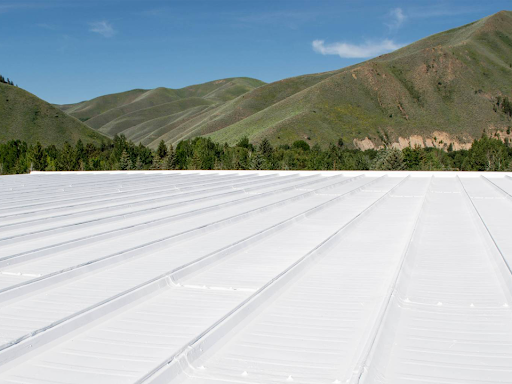
WHAT ARE THE THREE TYPES OF ELASTOMERIC COATINGS?
Acrylic – is a water-based elastomeric coating that is formulated to be applied to roofs with a slope. Acrylic coatings are formulated with a high a solids content. They are more reflective than their counterparts, making them a better choice for extreme UV climates. Many acrylic coatings also include potent biocides that deter mildew and mold growth.
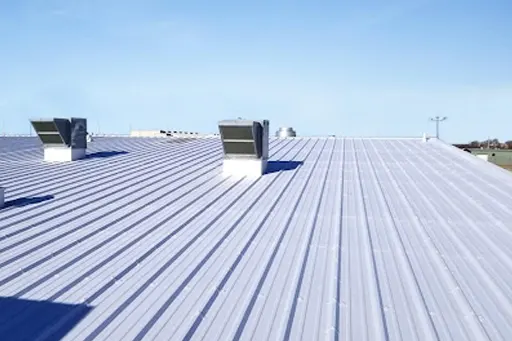
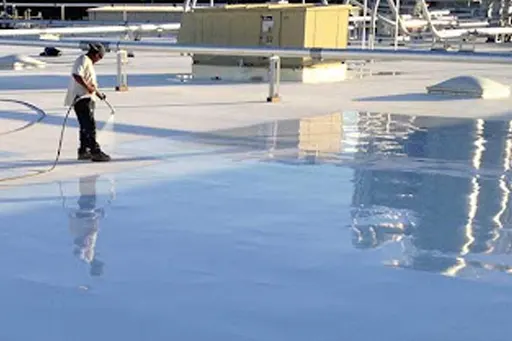
Silicone – is a silicone resin-based elastomeric coating that’s 96% solids. This means 96% of what goes down on your roof will stay on your roof. Silicones perform great on flat roofs because they can withstand ponding water. Silicones are a middle-of-the-road coating in terms of performance and price. The high solids content also allows silicone elastomeric coatings to be highly UV resistant. Silicone coatings are twice as resistant to weathering as acrylics, resulting in a longer lasting solution.
The downside? Silicone coatings demand the most maintenance, as they attract dirt easily and will lose reflectivity if not washed periodically.
Polyurethane, or urethane, coatings are the most impact resistant compared to the other elastomeric coatings. This durability lends itself well to roofs with higher-than-average foot traffic. They are also well suited to withstand the expansion and contraction of roofs during thermal changes. Urethane coatings are not recommended on roofs with standing or ponding water. Urethane coatings are expensive when compared to the other two coatings.
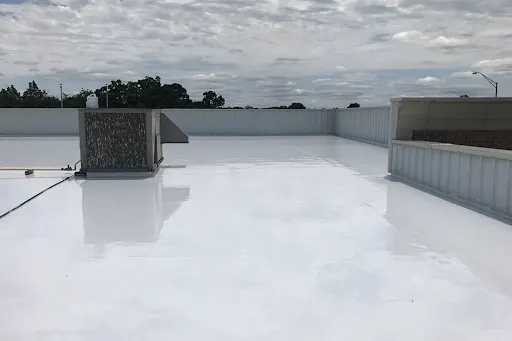
WHAT ARE THE Ideal Candidates for Roof Restoration?
- Smooth surface Asphalt Built-Up Roof Systems
- Smooth surface Modified Roof Systems
- TPO or PVC Single-Ply Roof Systems
- Metal Roof Systems
